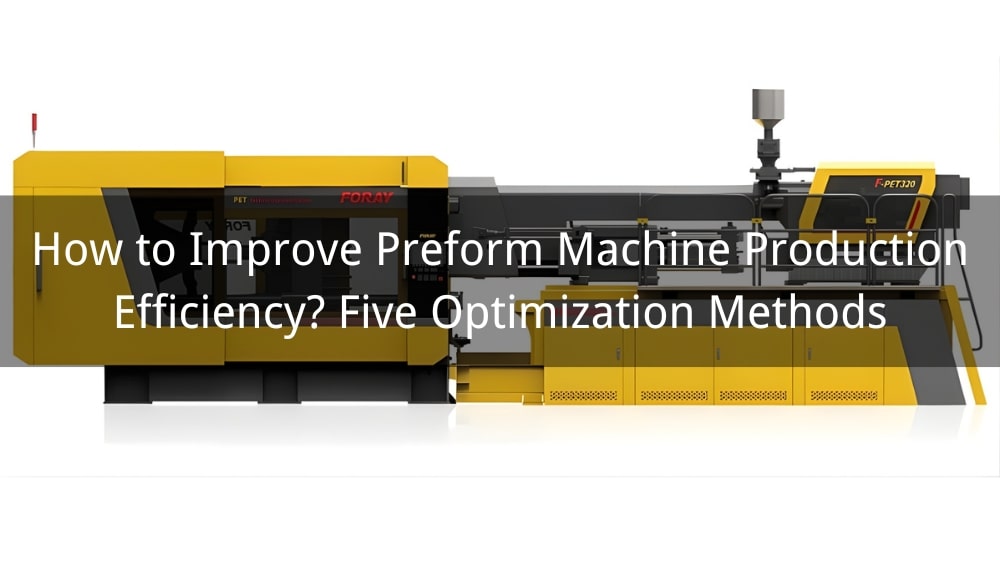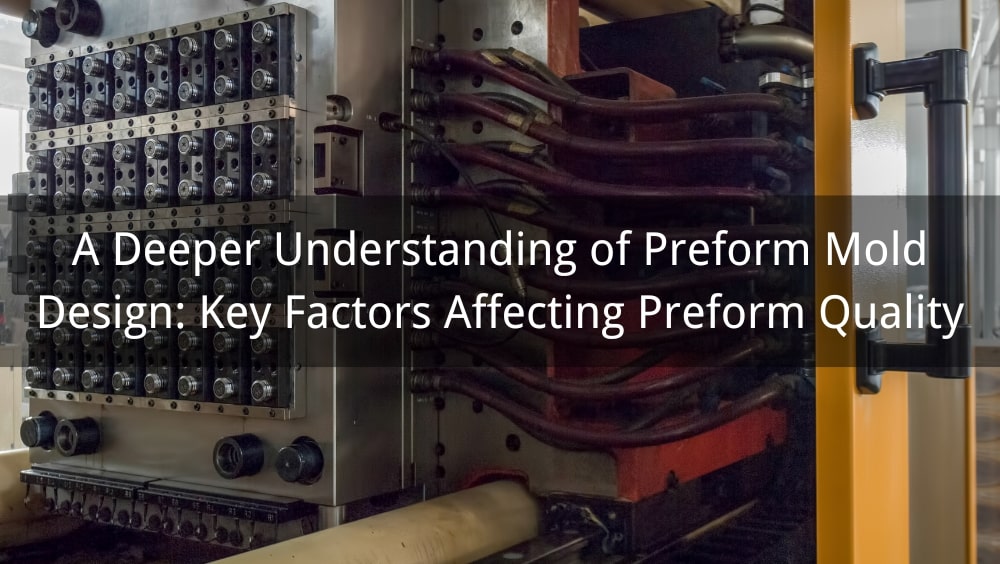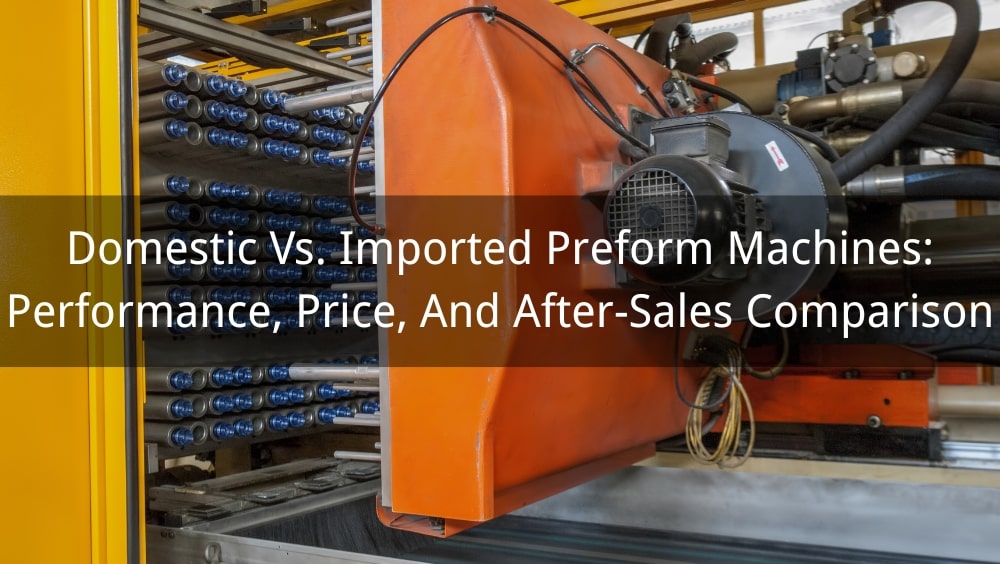In 2025, the cost of injection molding is a significant factor for manufacturers aiming to stay competitive. The price range for injection molding can vary greatly, typically ranging from $1,500 to $100,000 or more depending on several factors such as mold complexity, material choices, machine type, and production volume. Whether you're a startup or a large manufacturer, understanding how injection molding costs break down can help you make informed decisions that optimize both your production process and budget. This blog will cover everything you need to know about injection molding costs and offer expert tips on how to manage them effectively.
Table of Contents:
Injection molding is a highly efficient manufacturing process used to produce precise plastic parts. A molten material, typically plastic, is injected into a custom mold, cooled, and then ejected as a finished part. The costs of injection molding impact the overall production budget, making it essential to understand the price factors involved. In 2025, as markets become more price-conscious, companies need to carefully assess these costs to ensure profitability without compromising product quality.
| Factor | Description | Impact on Costs |
| Material Type and Quantity | The choice of material (commodity, engineering, specialty) and its quantity directly affect the cost. | Materials can account for 50%-70% of total injection molding costs. |
| Mold Complexity and Design | More intricate molds with multiple cavities or special features raise costs due to higher tooling prices. | Simple molds are cheaper, complex molds can cost $20,000 - $100,000+. |
| Machine Type | The type of injection molding machine (hydraulic, electric, or hybrid) impacts both initial and operating costs. | Hydraulic machines are cheaper initially but have higher long-term costs. Electric machines are more energy-efficient but cost more upfront. |
| Cycle Time and Production Volume | Shorter cycle times and higher volumes reduce cost per part due to economies of scale. | Faster cycle times reduce costs, while longer cycles can raise overall costs. |
| Labor and Overhead | Labor costs are tied to automation; higher automation lowers labor costs. Overhead includes factory and administrative expenses. | More automation reduces labor costs, but manual systems increase labor costs. |
| Quality Control and Inspection | Additional costs for inspection systems, testing, and sorting to ensure part quality. | Automated quality control systems increase initial costs but reduce long-term labor expenses. |
| Energy Consumption | The energy consumed by machines, especially hydraulic vs electric, impacts long-term operating costs. | Hydraulic machines consume more energy, whereas electric machines are more energy-efficient. |
The cost breakdown of injection molding is complex and involves several critical components that directly influence the final cost per part. These components are often influenced by factors such as the material used, the machine chosen, the complexity of the mold, and the quantity of parts produced. Below, we present a more scientific and precise breakdown of injection molding costs:
Material costs are typically one of the largest components of injection molding pricing. The choice of material can significantly impact the overall cost structure due to variations in material properties, pricing, and processing needs.
Material Cost Formula:
Material cost per part = (Weight of part) × (Material cost per kg)
For example, if a plastic part weighs 20 grams and the material cost per kg is $3.00, the material cost for that part would be:
Mold tooling is one of the most significant initial investments in injection molding. The costs for mold creation are largely determined by factors such as mold complexity, number of cavities, and material used for the mold itself.
Mold costs are usually amortized over the production run, meaning that the more parts produced, the lower the cost per part for the mold.
Mold Cost Amortization Formula:
For example, a $20,000 mold amortized over 100,000 parts would result in a mold cost of:
Machine operating costs include both direct costs related to machine operation and indirect costs like energy consumption and maintenance.
Operating costs can be calculated using:
Labor costs depend on the level of automation in the injection molding process. Highly automated processes, such as those used with electric or hybrid machines, generally incur lower labor costs. Labor costs also include time spent on maintenance, setup, and monitoring the machines.
Overhead costs may include factory rent, utilities, and administrative costs. Typically, these costs are spread across all production runs and can be calculated as a percentage of direct costs.
Labor and Overhead Cost Formula:
Cycle time is the time it takes to complete one cycle of molding, including injection, cooling, and ejection. Shorter cycle times lead to higher production efficiency and lower cost per part.
Cost per Cycle Formula:
Choosing more cost-effective materials or considering recycled plastics can significantly lower material costs. Many manufacturers also look into optimizing material flow during injection to minimize waste.
Simplifying part designs and avoiding overly complex geometries can reduce mold costs and improve production efficiency. DFM strategies can simplify the tooling process while maintaining the strength and functionality of the final product.
Switching to electric machines or hybrid machines can significantly reduce energy consumption, which is one of the largest operational costs in injection molding. The initial higher investment often pays off in the long term due to reduced electricity and maintenance costs.
By increasing the scale of production, you can spread the fixed costs (such as mold creation) across a greater number of parts, reducing cost-per-unit.
1. Why is injection molding so popular?
Advantages of Injection Molding for Consumer Goods
Cost-effective — Many plastic resins are inexpensive, and after tooling costs, injection molding is less expensive than many other manufacturing processes. Automated production also means reduced labor costs.
2. What is the future of injection moulding?
Injection molding is compatible with new and cutting-edge materials that will start to appear in the future. These materials, which could also include biodegradable polymers, lightweight composites, and conductive plastics, could be used in new applications in fields like aerospace, electronics, and medical technology.
3. Is injection molding cheaper than CNC?
Generally, Injection Molding tends to be more cost-effective than CNC Machining for large production volumes due to economies of scale and faster production rates. The initial high cost of mold creation in Injection Molding is offset by the lower per-unit cost in high-volume production.
Injection molding costs are influenced by a variety of factors, including material selection, mold complexity, machine type, and production volume. By understanding these variables and how they impact your budget, you can make more informed decisions to optimize your manufacturing process. Whether you're focusing on cost-efficiency or aiming for high-quality production, a strategic approach to these factors will ensure that your injection molding projects are both cost-effective and successful.
Contact FORAY to discuss your injection mold needs
Recommended content:


















